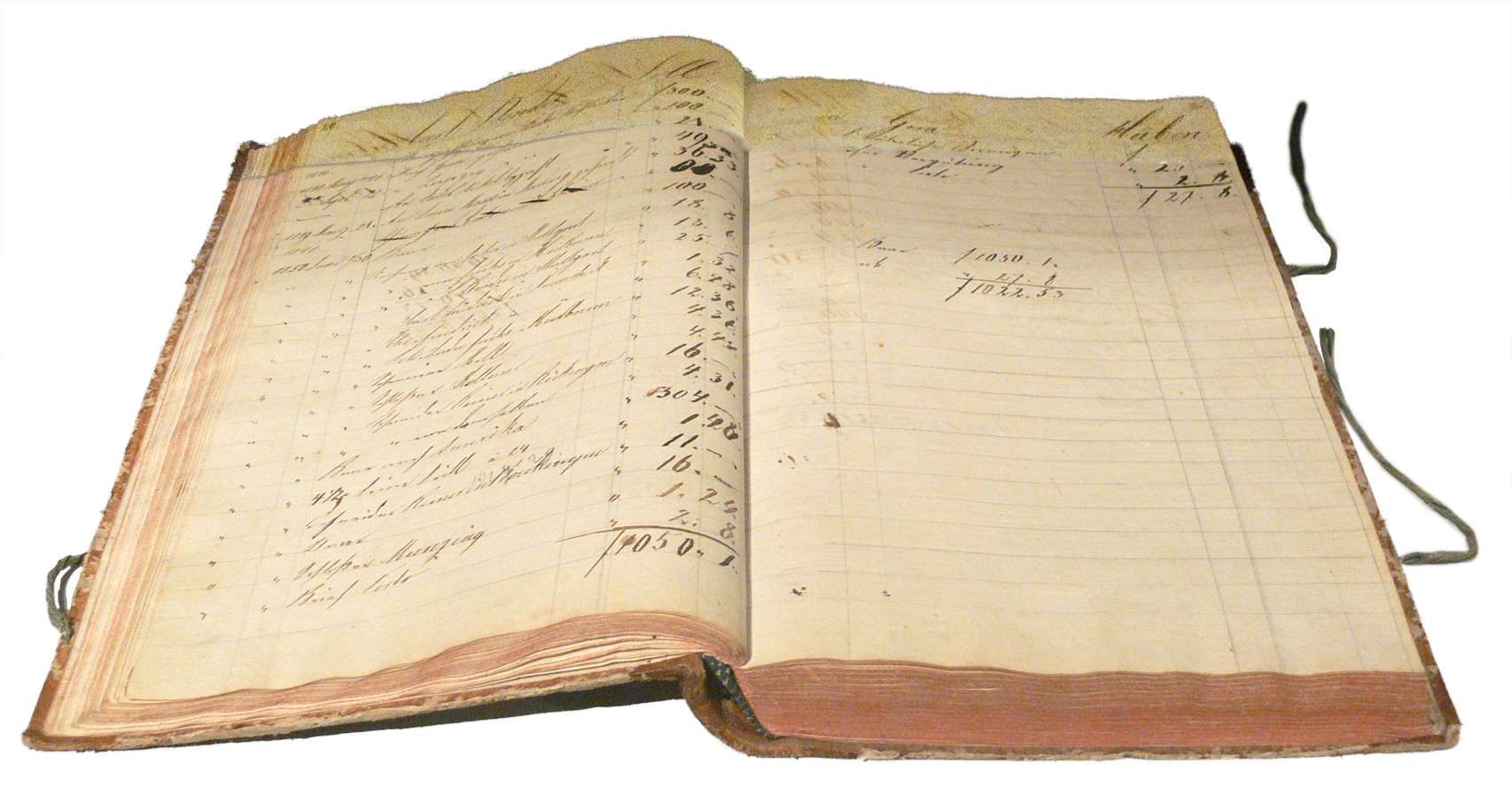Payroll
- Employee Classification
- Salary and Hourly Wages
- Timekeeping and Attendance
- Overtime and Overtime Pay
- Benefits and Deductions
- Payroll Taxes
- Payroll Software
- Direct Deposit and Paper Checks
- Payroll Cycles
- Payroll Compliance
- Record Keeping
- Year-End Reporting
Payroll Auditing and Reviews
Case Study and Discussion: The Role of Auditing in Payroll Management

Systematic and independent examination of books, accounts, documents and vouchers of an organization.
In this unit, we will delve into a real-world case study that highlights the importance of regular payroll audits and reviews. This case study will provide a practical perspective on the concepts we've discussed throughout this module, and will help you understand how these principles apply in a real-world context.
Case Study: XYZ Corporation
XYZ Corporation, a mid-sized tech company, had been experiencing some discrepancies in their payroll. Employees had reported errors in their paychecks, and the finance department was struggling to identify the source of these errors. To address this issue, the company decided to conduct a comprehensive payroll audit.
The audit team began by reviewing the company's payroll records, including timecards, pay stubs, tax forms, and employee details. They found several instances where overtime pay had been miscalculated, leading to underpayment for some employees. Additionally, they discovered that some deductions for benefits were not being correctly applied, resulting in overpayment for others.
The audit team presented their findings to the company's management, who took immediate action to rectify the errors. They reimbursed the underpaid employees and adjusted the overpaid employees' future paychecks to correct the overpayment. They also reviewed their payroll processes and identified areas where errors could occur.
To prevent future errors, the company decided to invest in a more robust payroll software that could automate calculations and manage tax withholdings more accurately. They also implemented a more rigorous review process, where payroll records would be checked for errors on a regular basis.
Discussion
This case study highlights the importance of regular payroll audits and reviews. Without the audit, XYZ Corporation might have continued to make the same errors, leading to financial losses and employee dissatisfaction. The audit not only helped them identify and rectify their errors, but also prompted them to improve their payroll processes and prevent future errors.
As we reflect on this case study, consider the following questions:
- How could XYZ Corporation have identified the payroll errors before the audit?
- What steps could they have taken to prevent these errors in the first place?
- How can the use of payroll software help in preventing such errors?
- What are some other strategies that companies can use to ensure accuracy in their payroll?
By understanding the lessons from this case study, you can apply these principles to your own context and ensure that your payroll processes are accurate and efficient.